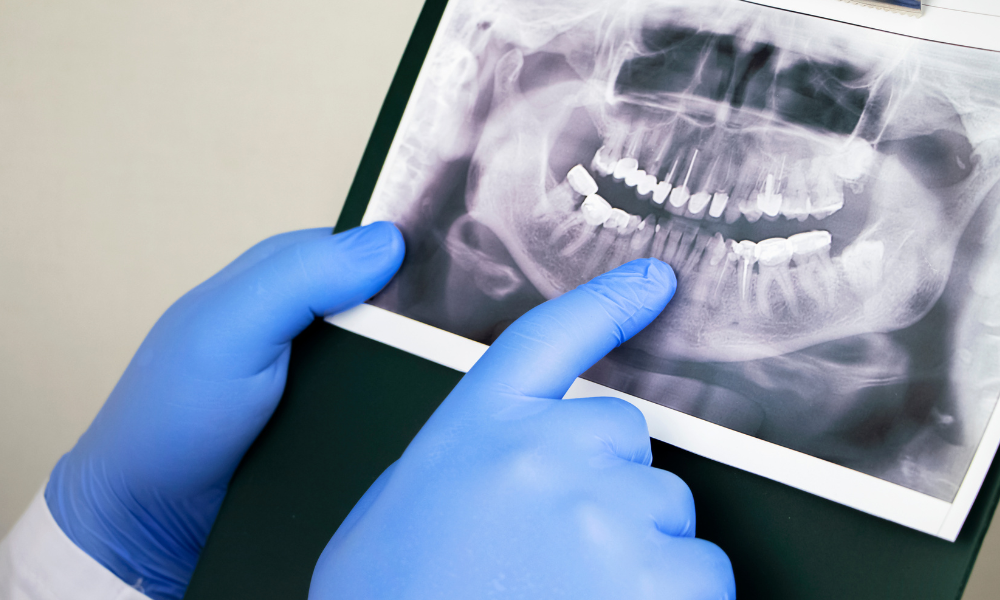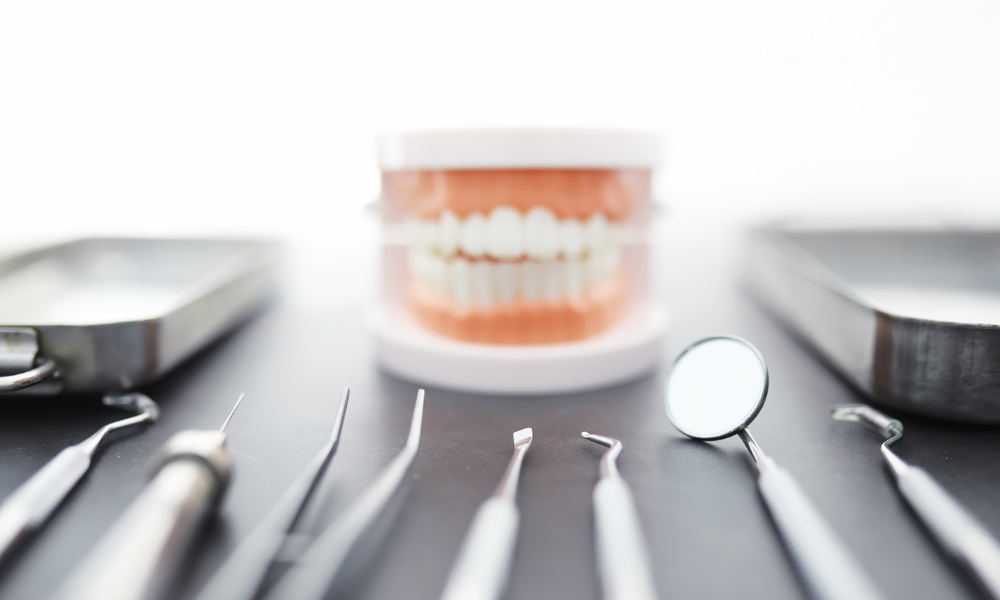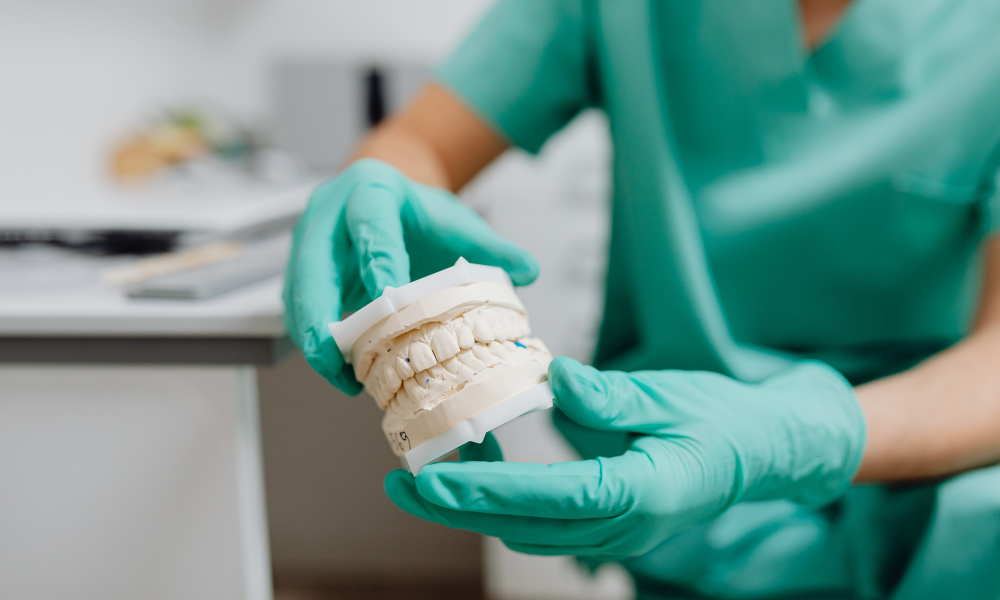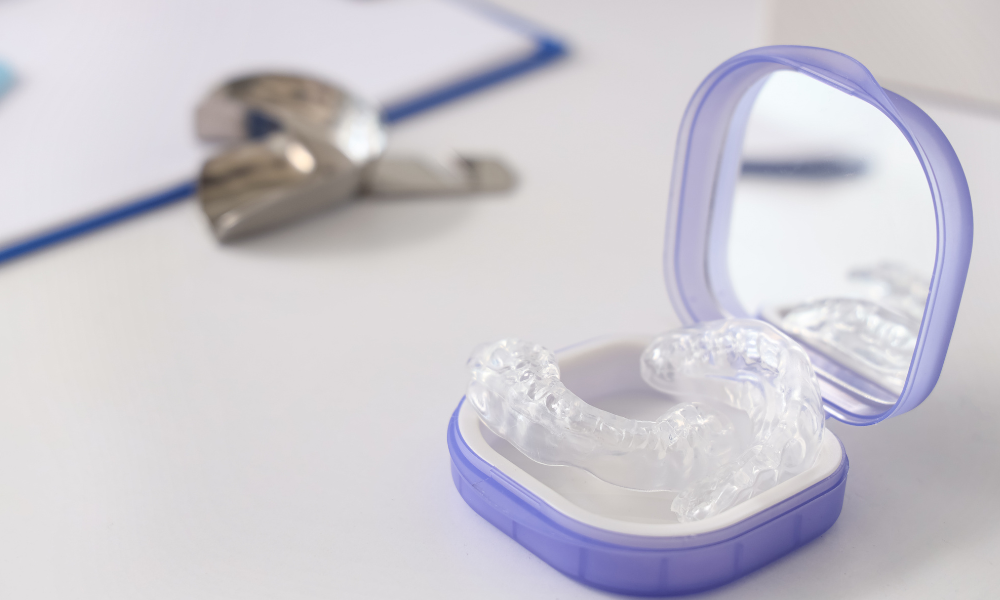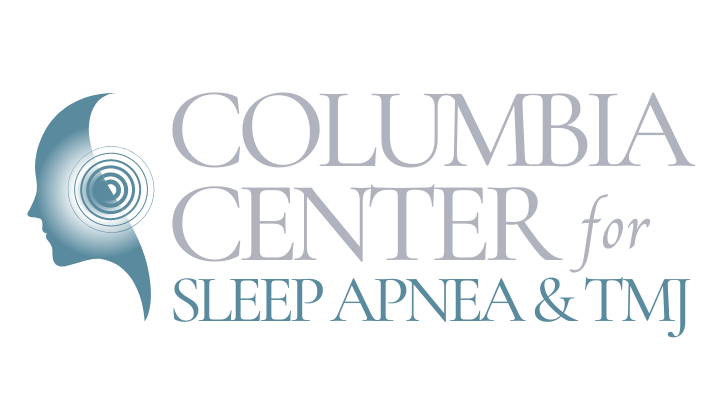
Effectively managing orofacial pain conditions, such as temporomandibular joint disorders (TMD/TMJ), myofascial pain, atypical tooth pain, trigeminal nerve disorders, and neurovascular and neuropathic pain, requires a comprehensive and personalized approach. While medical treatments and lifestyle modifications play a crucial role in addressing these conditions, customized physical therapy serves as a significant factor in alleviating pain symptoms and improving overall function.
Columbia Center for Sleep Apnea and TMJ is committed to providing an integrative, customized, and patient-centered approach to managing orofacial pain conditions. Physical therapy techniques, tailored to the individual's needs, can help restore proper jaw function, reduce muscle tension, and improve posture, ultimately leading to effective pain relief and enhanced well-being.
In this article, we will examine the benefits of customized physical therapy techniques for orofacial pain management, explore various physical therapy modalities tailored to address specific pain conditions and discuss when to seek professional guidance from a specialized healthcare provider. By incorporating personalized physical therapy techniques into your pain management plan, you can significantly reduce your orofacial pain symptoms, optimize your treatment success, and improve your day-to-day function and quality of life.
The Benefits of Customized Physical Therapy in Orofacial Pain Management
- Improved Jaw Function and Mobility
Customized physical therapy techniques designed to address TMD/TMJ, and other orofacial pain conditions can help restore jaw function by increasing joint mobility, addressing muscular imbalances, and correcting misalignments. By focusing on the proper alignment of the jaw and surrounding structures, physical therapy can significantly contribute to pain relief and improved daily function. - Reduced Muscle Tension and Pain
Physical therapy exercises can help to reduce muscle tension and pain in the face, head, neck, and shoulders, which are common areas affected by orofacial pain conditions. Techniques such as soft tissue mobilization, manual therapy, and muscle-stretching exercises can aid in reducing muscle spasms and alleviating pain symptoms. - Improved Posture and Body Mechanics
Poor posture and body mechanics can exacerbate orofacial pain conditions by placing undue stress on the temporomandibular joint and surrounding muscles. Customized physical therapy techniques can help improve posture and body mechanics by addressing muscle imbalances and educating patients on proper alignment and movement patterns.
Specific Physical Therapy Modalities for Orofacial Pain Conditions
- Manual Therapy
Manual therapy, which includes soft tissue mobilization, joint mobilization, and trigger point release, can help to address pain symptoms in the muscles and joints related to orofacial pain conditions. These hands-on techniques can improve mobility, decrease muscle tension and pain, and promote optimal function. - Therapeutic Exercises
Therapeutic exercises designed specifically for individuals with orofacial pain conditions can help to strengthen, stretch, and stabilize the muscles surrounding the temporomandibular joint and neck. These exercises can improve joint stability, enhance muscle balance, and ultimately contribute to pain relief and improved function. - Postural Training
Postural training and education can help individuals with orofacial pain conditions adopt better posture and body mechanics, which can minimize stress on the temporomandibular joint and reduce muscle tension. Proper posture and body mechanics can significantly impact the severity and frequency of pain symptoms related to TMD/TMJ and other orofacial pain disorders. - Relaxation Techniques
Relaxation techniques, including deep breathing, progressive muscle relaxation, and guided imagery, can help to reduce stress and muscle tension that may be contributing to orofacial pain symptoms. Learning and incorporating these relaxation techniques into daily life can promote overall pain management and improved well-being.
When to Seek Professional Guidance
It is vital to consult with a specialized healthcare provider to design a personalized physical therapy plan that meets your specific needs. Orofacial pain conditions vary significantly from person to person, and a comprehensive evaluation of your unique situation is essential for optimizing your orofacial pain management.
Implementing customized physical therapy techniques as part of your orofacial pain management plan can contribute significantly to pain relief and improved daily function. By understanding the benefits of these personalized approaches and seeking professional guidance from a experienced healthcare provider like Columbia Center for Sleep Apnea and TMJ, you can optimize your treatment success and enhance your overall quality of life. Embrace the power of customized physical therapy strategies for managing your orofacial pain condition and experience a positive impact on your well-being today. Get in touch with our
sleep apnea doctor in Richland today.
